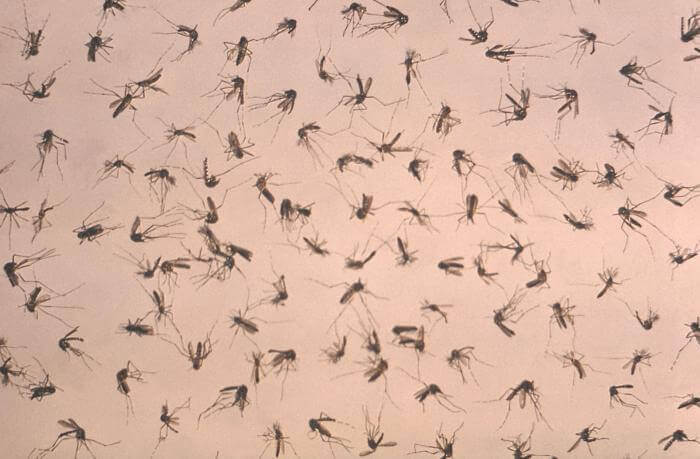Kat KelleyGHTC
Kat Kelly is a senior program assistant at GHTC who supports GHTC's communications and member engagement activities.
A new study suggests that with basic training, individuals can learn to accurately and safely test themselves for HIV and AIDS. Nearly 17,000 adult and adolescent citizens of urban Malawi were provided with testing kits, and within a year, more than three-fourths had self-tested. Across sub-Saharan Africa, only one-fourth of adults have recently been tested for HIV and AIDS, and only half of people living with HIV and AIDS know their status. The research team conducted repeat HIV and AIDS tests on 1,649 participants, and in 99.4 percent of cases, the results of self-testing proved accurate. The results also suggest that HIV and AIDS self-testing is culturally acceptable in urban Malawi and that pre- and post-test counselling was adequate, as no testing-related partner violence or suicides were reported. As the stigma surrounding HIV and AIDS remains a significant barrier to both testing and treatment, HIV and AIDS self-testing could be a game changer in curbing the epidemic.

Researchers at the University of Queensland in Australia and the University of California, Berkeley have identified a protein—nonstructural protein 1 (NS1)—that may be the key to the dengue virus’ virulence. The virus infects nearly 400 million people each year, resulting in 22,000 deaths, primarily from fluid loss and damage to the blood vessels. The discovery dates back to the early 2000s, when a study in Thailand revealed a correlation between NS1 levels and the severity of the disease in patients. Further research demonstrated that NS1 attaches itself to another molecule which enables it to bind to blood vessel walls; NS1 also prompts the immune system to produce cytokines—proteins that weaken the blood vessels. Essentially, NS1 causes the immune system to react as it does to bacterial infections. These findings could pave the way for both a vaccine and a treatment against dengue fever. The team at Berkeley has demonstrated that NS1 could be used in a dengue vaccine, as the immune system readily detects NS1, rather than the dengue virus itself. In mice, NS1 provided protection against all four strains of the dengue virus, at rates of 60 to 100 percent efficacy. Furthermore, Dr. Paul Young of the University of Queensland believes that a drug for sepsis that is currently in clinical trials could be an effective treatment for dengue.
The Drugs for Neglected Diseases initiative (DNDi) has completed phase I human clinical trials for SCYX-7158 (AN5568), a drug candidate with the “potential of becoming the first ever, oral-only, single-dose treatment” for human African trypanosomiasis (sleeping sickness), according to DNDi’s Dr. Antoine Tarral. The compound was identified by Anacor Pharmaceuticals, Inc. as part of DNDi’s lead optimization program, through which partners screened compounds from Anacor’s chemical library to identify those that combat sleeping sickness in a laboratory setting. The candidate was tested for safety and tolerability, as well as its effect on and interaction with the body, in 128 healthy volunteers. Due to the trials’ successful results, DNDi and partners will initiate phase 2 and 3 studies in 2016 in the Democratic Republic of the Congo. The leading treatment for sleeping sickness—also developed by DNDi—requires injections, and consequently skilled personnel; prior to the 2009 introduction of this therapy, the best option was an arsenic-based drug with extreme side effects.